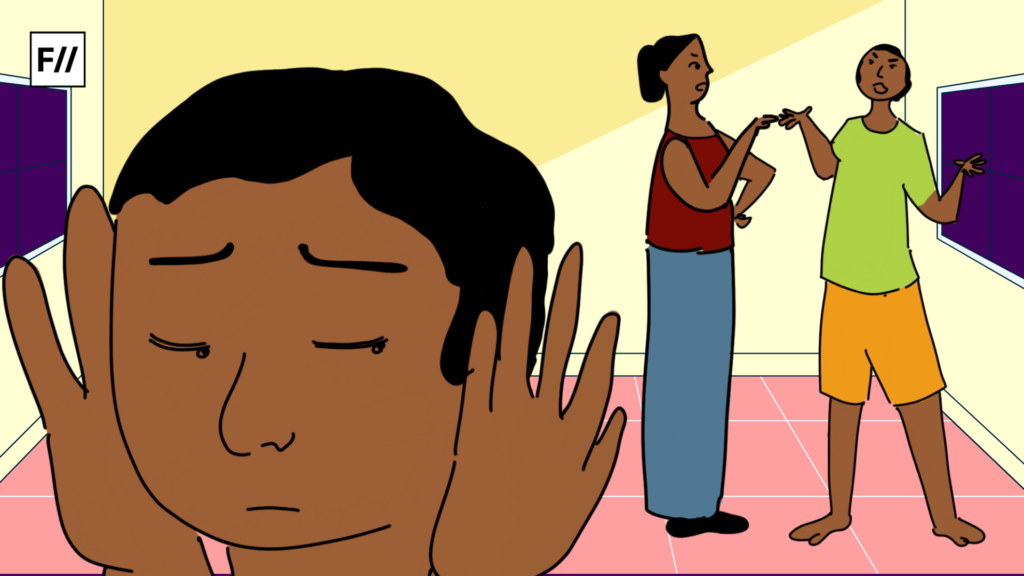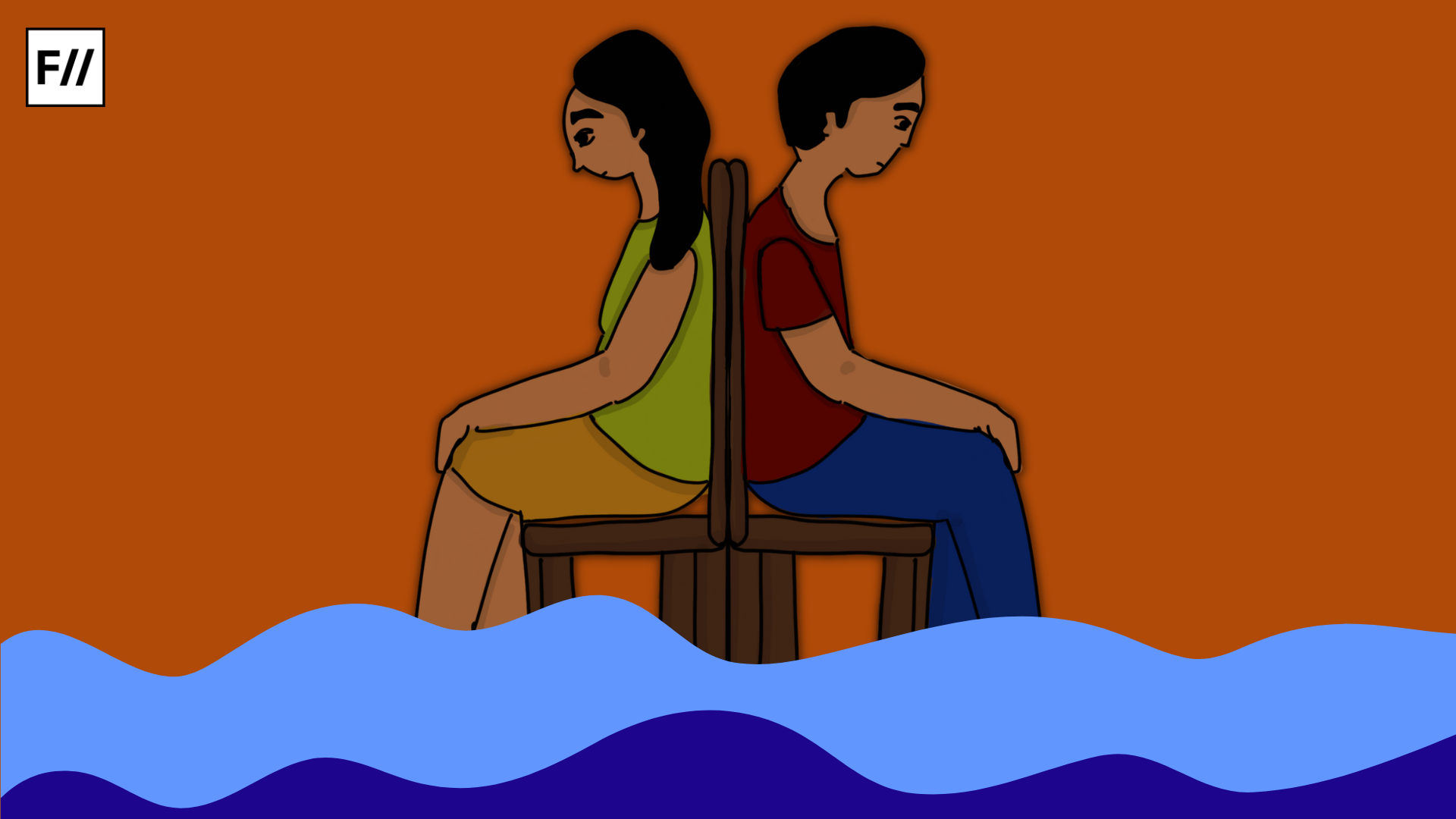Kerala High Court Judge bench, comprising Justice A Muhamed Mustaque and Sophy Thomas, recently commented that “the consumer culture of use and throw is affecting marriages” as a response to the plea made by a 34-year-old-man, seeking a divorce from his 38-year-old wife, to whom he has been married for 10 years with three children. The husband allegedly wants to pursue a relationship with another woman if he is granted a divorce. His plea for divorce was filed in the family court on the grounds of cruel behaviour from his wife which was denied by the judges.
The judges said, “Nowadays, the younger generation thinks that marriage is an evil,” directed at the not-so-young 34-year-old appellant, “that can be avoided to enjoy free life without any liabilities or obligations.”
The judgement, written by Justice Sophy of Kerala High Court, further reiterated, “They would expand the word ‘WIFE’ as ‘Worry Invited For Ever’ substituting the old concept of ‘Wise Investment For Ever.’ The consumer culture of use and throw seems to have influenced our matrimonial relationships also.”
The judgement also expressed concern, “Live-in-relationships are on the rise, just to say goodbye when they fall apart.”
From the judgement, it becomes evident that there exists anxiety that directly contributes to the vested interest that the judges, and the society at large hold, to protect the very institution of marriage from crumbling down. From Bollywood romances to romantic books, marriage is sold as a one-stop gateway if you are lucky enough to find your one true love. However, in instances like these when the delusion of happily ever after under the guise of marriage fails to uphold, the flaws in the system become visible.
While the judges ruled the case in favour of the wife and the children by grounding him into his marital responsibilities, the nature of the judgement indicates a very de-romanticised, stoic view that breaks down the popular mindset behind the institution into its bare bones.
Cis-heterosexual endogamous marriage is a fundamental unit for the functioning of a patriarchal society and the state at large. It homogenises each individual into a prescribed set of social and sexual roles. It makes people subservient to the cultural norm of society and erases their individuality. It ensures conformity and presents a society that presents no threat to the established hegemonic power structure.
At best this judgement could be said to have provided a short-term solution to a long-existing problem that exists within the society. In the wake of the husband’s absence, his spouse would be put into a situation where she would be burdened with a disproportionate amount of responsibility to provide and care for her children. The judges recommend that the spouses should work together to revive their marital bond in the best interest of their children. They also expressed regret that Kerala, also known as ‘God’s own country’, was once known for its well-knit family bonds. “But the present trend, it seems, is to break the nuptial tie for flimsy or selfish reasons, or for extra-marital relationships, even unmindful of their children. The wails and screams coming out of disturbed and destroyed families are liable to shake the conscience of the society as a whole.”

The court also stressed that “Marriage is not a mere ritual or an empty ceremony for licensing the sexual urge of the parties. Law and religion consider marriage as an institution by itself and parties to the marriage are not permitted to walk away from that relationship unilaterally, unless and until they satisfy the legal requirements to dissolve their marriage through a court of law or in accordance with the personal law which governs them.”
This High Court judgement strengthens the pre-existing notion that couples need to ignore signs of a dysfunctional marriage and stay together for the sake of their children. This grossly ignores the possibility that children are more likely to have a troubled upbringing if they are raised in an unhappy family. The forceful attempts at saving marriage through legal, religious, and social sanctions remove individual agency and choice. It reinforces the arbitrary nature of the institution of marriage and makes it clear once again that marriage is meant to uphold the patriarchal social structure rather than serve any individual.
It also strengthens the stigma that exists around divorce in Indian society and makes people believe that their personal unhappiness and a dysfunctional marriage are not reason enough to leave. This privileges the heterosexual endogamic family model rather than stressing the need for shared parenting for the welfare of the children. Rather than discussing the responsibilities that should be shared by separated parents, it glorifies the gendered parenting style that gets conditioned within the heterosexual family unit.
While it is a simple case of extra-marital affair and marital discord, this judgement brings forward several stereotypical notions about marriage and divorce that Indian society harbours even today. It takes pride in the lesser number of divorces in society while turning a blind eye to unhappy marriages and the harmful impacts that it has on children.
About the author(s)
Debabratee (she/they) is a student of English Literature at Jadavpur University. When they are not found reading or writing, they are found running after their pet dog and cuddling with him. They are avid binge-watcher of all kinds of OTT content and like to dissect and analyse them in their free time.




